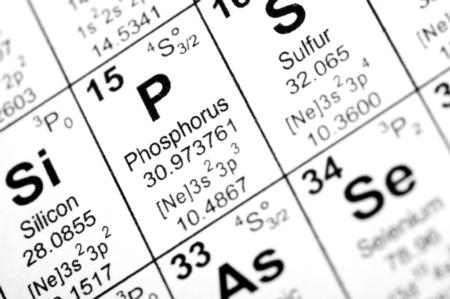Silicon is currently under consideration for elevation to the status of a "plant beneficial substance by the Association of American Plant Food Control Officials (AAPFCO). Silicon has been shown in university and field studies to improve cell wall strength and structural integrity, improve drought and frost resistance, decrease lodging potential and boost the plant's natural pest and disease fighting systems. Silicon has also been shown to improve plant vigor and physiology by improving root mass and density, and increasing above ground plant biomass and crop yields.
Silicon (Si) is the most abundant element (27.2%) present in the earth's crust following oxygen (45.5%). Silicon is known for a number of important chemical and physical properties, i.e. semiconductor property that are used in various scientific and technical applications. In most soils near a neutral pH, the composition is a complex of iron, aluminum, oxygen and silicon. Silicon is one of the most important constituents of dust, which is carried by winds all over the world. Geologists know silicon as the rock quartz and the many silicate materials, such as opal. Formally, silica (SiO2) is a silicic acid (H4SiO4), which is water soluble and stable in highly dilute aqueous solutions. There are many forms that silicon can take in the natural environment, often complexed with water. Plants take up a form of silicic acid and in highly leached, low pH environments, much of the silicon may have been removed over time.
It appears that grains, such as wheat and especially rice have an absolute need of supplemental silicon to improve plant growth. Few non-grass plants have shown this need other than cucurbits apparently. Much of the improvement typically is for improved disease control and improved stature (prevention of lodging).
Many of the studies showing benefits of silicon amendment have occurred in low soil pH environments or in solution culture where it has been possible to create low silicon growing media. Several years ago, potassium silicate was being promoted as a fungistat for controlling Phytophthora root rot in avocado. A number of field and greenhouse trials were tried in California during the early 2000s to assay its effect. For whatever reason, the material showed no effect on the disease. Potassium and calcium silicates are liming materials, raising soil pH. The effect that was noticed in its use in other countries may simply have been a soil pH effect on either the avocado tree, the Phytophthora or both.
Attached Images:
